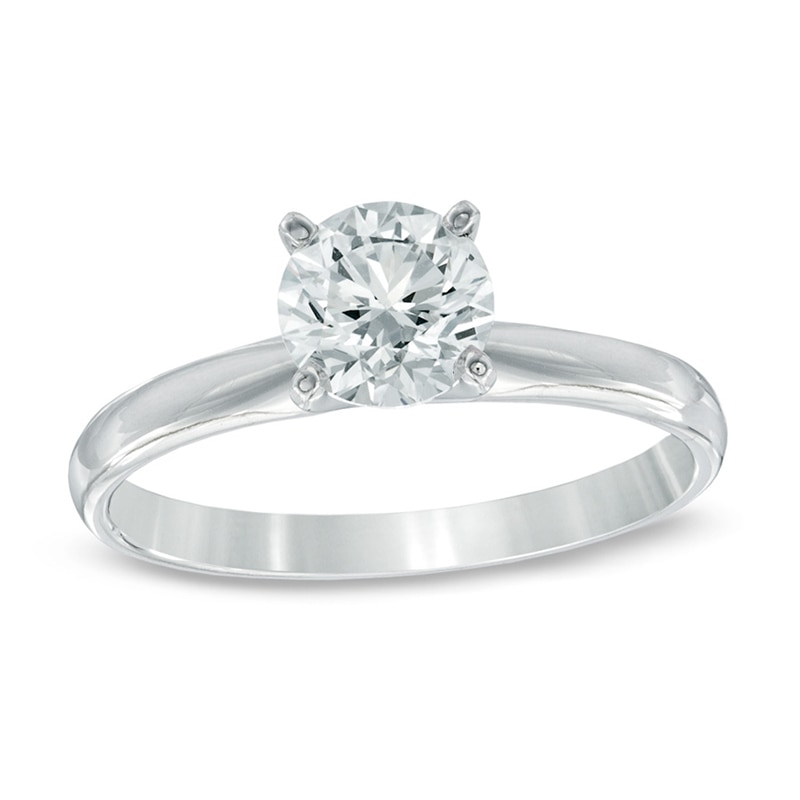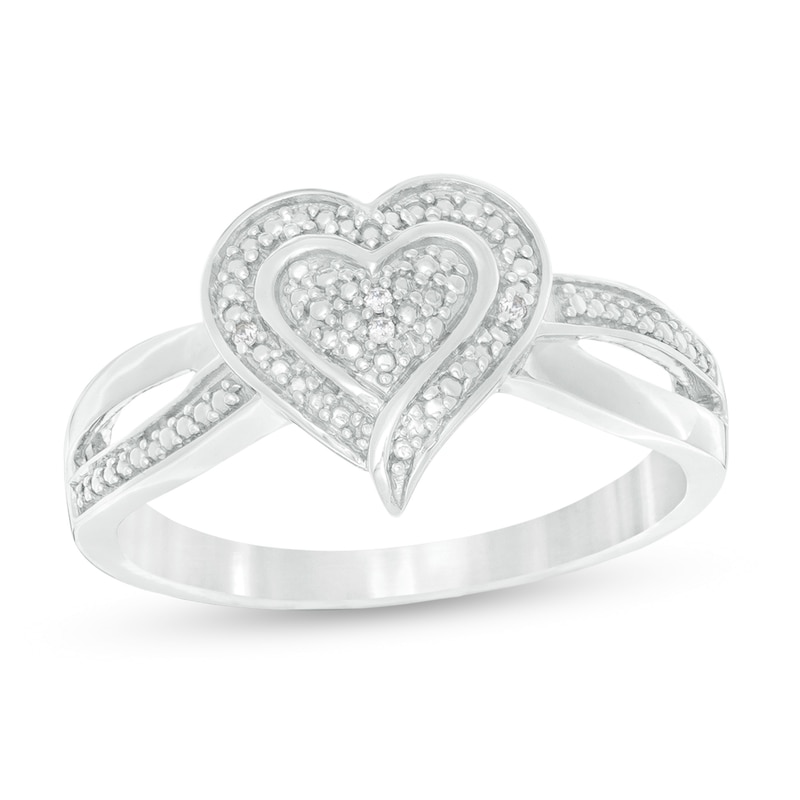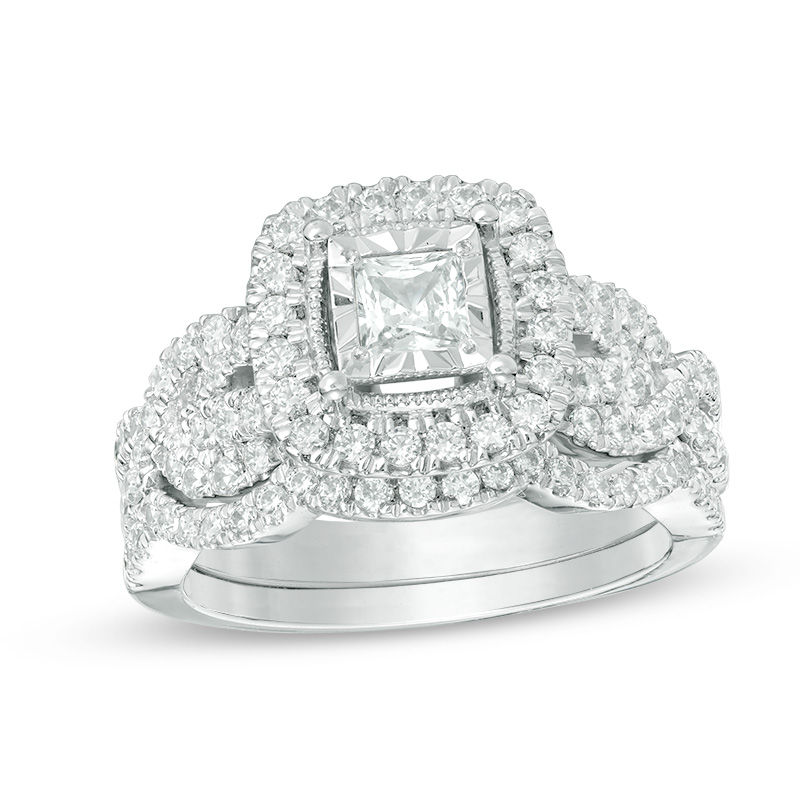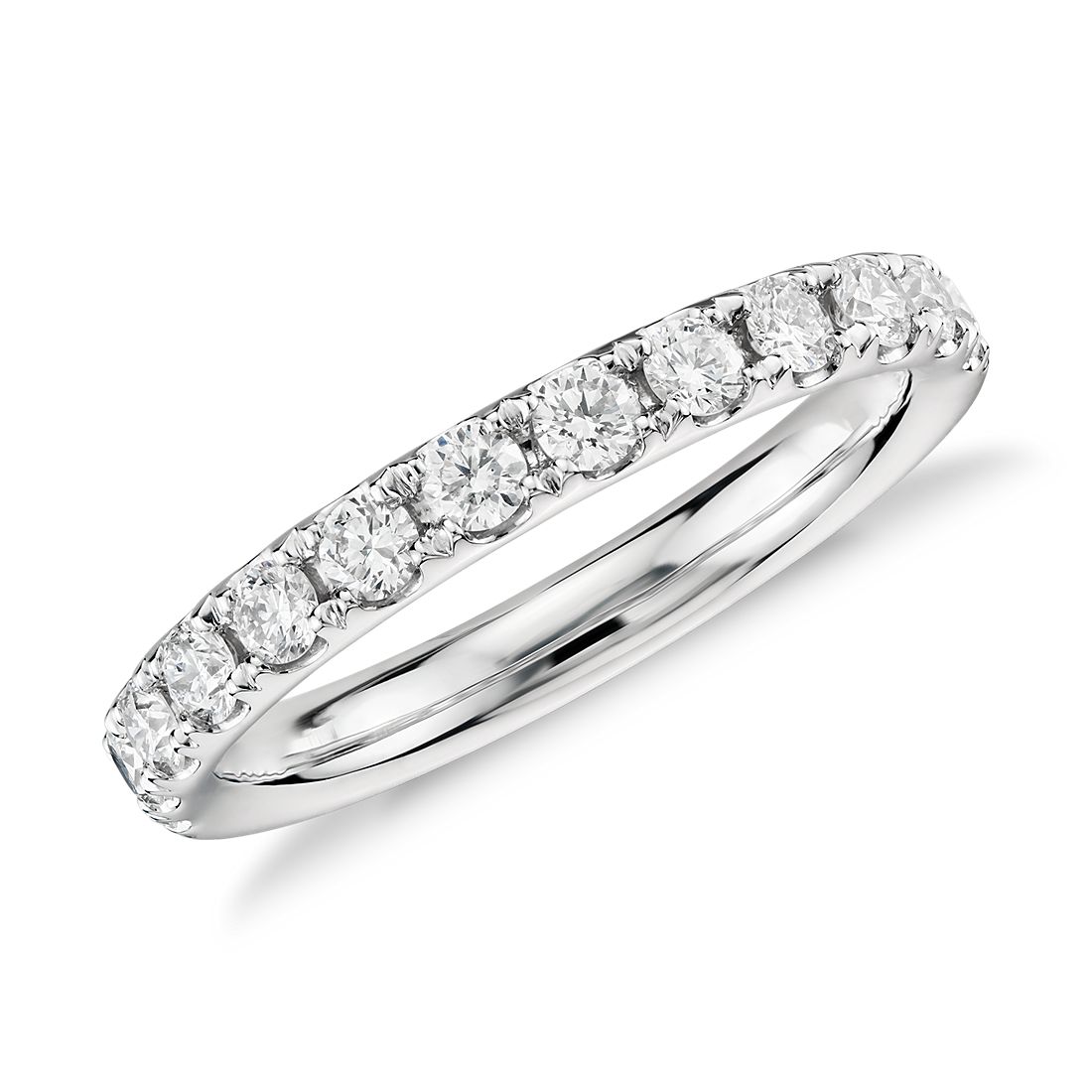1 CT. Diamond Solitaire Engagement Ring in 14K White Gold (K/I3)
Prong & Mounting Care. Resize Rings & Bands. Expert Clean & Polish. Plus, get a future discount and one free engraving!.
Simple and stunning, as for her hand with this amazing diamond solitaire engagement ring. Beautifully crafted in 14K white gold, this ring showcases a magnificent 1 ct. round diamond solitaire standing tall in the traditional four-prong setting. So elegant it needs no further accompaniment, this ring is finished with a bright polished shine.
- Prong & Mounting Care
- Resize Rings & Bands
- Expert Clean & Polish
- Plus, get a future discount and one free engraving!
Additional information
| Total Weight (CT. T.W.) | 1 |
|---|---|
| Center Stone T.W. | 1 |
| Color | K |
| Clarity | 13 |
| Ring Style | Solitaire |
| Standard Ring Size | 7.0 |






by Chris
She loved it!I am very happy with my purchase and the price was not too bad!
by Jen
My husband and I have been married for 10 years . Recently upgraded to this ring and I’m in LOVE! I was a little scared because of all the negative reviews, but I guess I was lucky! I get so many compliments I’ve only had it 4 days! 100 % recommend inexpensive and beautiful.
by Jane
I LOVE this ring. It’s the perfect size, elegant, and beautiful. I can’t stop watching it sparkle.
by Monica
My then fiancé, now husband gave me this ring over six months ago when he proposed and it’s so beautiful. I’m constantly getting compliments on its beauty by people I know and strangers alike. I’ve always wanted a solitaire and this exceeds all my expectations. LOVE it!
by Layla
My fiancé and I fell in love with this ring! Classic and elegant.
by Johnson
I bought this as an upgrade today and it is beautiful. However, there is an inclusion that is visible to the naked eye. You only notice it if you are the one wearing. Other than that it’s great for the price!